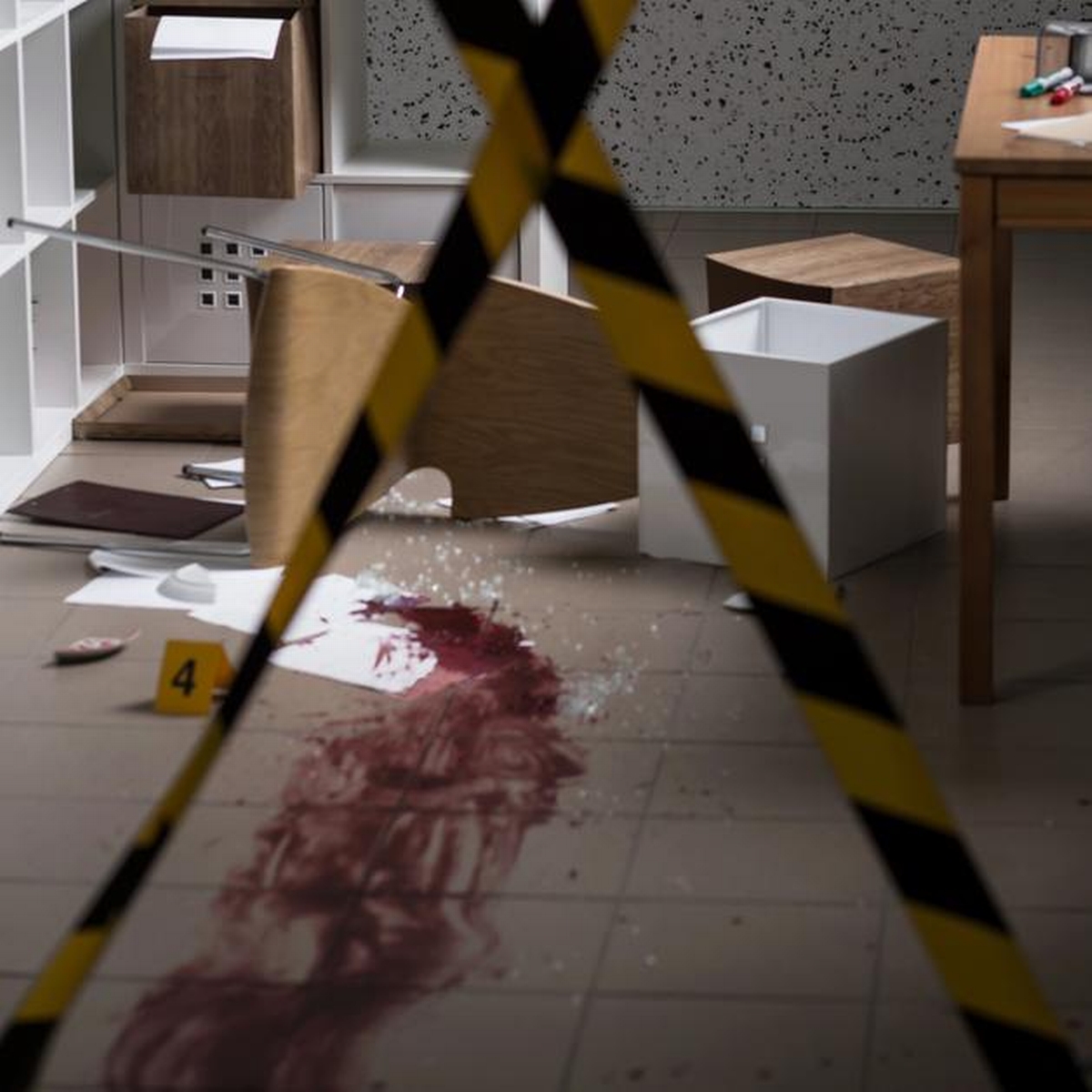-
24/7 Emergency Service Family Owned & Operated in Tarentum, PA
- (412) 754-3441 Email Us
The Future of Biohazard and Trauma Cleanup: Embracing Technological Advances Beyond AI

The sight of a biohazard or trauma scene is something that stays with most people long after it's over. While these scenarios are challenging emotionally and logistically, advancements in technology are transforming how cleanup is approached. Beyond the current capabilities of AI, the biohazard and trauma cleanup industry is poised to embrace new technologies that promise greater efficiency, safety, and cost-effectiveness.
For top damage restoration companies in Pittsburgh, like Un-Flood-It, staying at the forefront of these advances ensures they provide superior service, incorporating cutting-edge methodologies to better serve communities. This blog will explore various technological developments shaping the future of biohazard and trauma cleanup, offering insights into how these innovations address common challenges and what they mean for the industry at large.
Understanding Biohazard and Trauma Cleanup
The Current Landscape
Biohazard and trauma cleanup involves the process of safely removing hazardous contaminants, such as bodily fluids, chemicals, and other potentially infectious materials, from affected areas. It's a niche industry where precision, safety, and empathy play crucial roles, as there's a profound responsibility to protect public health. Currently, AI is heavily utilized for data analysis and operational logistics, but there's much more that technology can offer.
Technologies Revolutionizing Cleanup
- Drones and Robotics : Drones are becoming an essential tool in assessing biohazard sites. Equipped with high-resolution cameras and sensors, drones can quickly survey and map out areas, providing cleanup teams with critical data. Robotics goes a step further, assisting in the actual cleanup process, especially in high-risk areas where human exposure is dangerous.
- 3D Mapping and Virtual Reality (VR) : Utilizing 3D mapping, teams can create detailed models of affected sites before any physical cleanup begins. This technology, combined with VR simulations, allows cleanup crews to strategize more effectively, minimizing risk and improving safety measures.
- Biological Enzyme Solutions : Beyond mechanization, bioremediation through biological enzyme solutions is a burgeoning area. These biodegradable and eco-friendly agents are designed to target specific contaminants, breaking them down without leaving harmful residues, thus being a boon in biohazard cleanup.
Experience these modern technologies for biohazard and trauma cleanup in Pittsburgh by reaching out to Un-Flood-It.
Benefits and Challenges of Adopting New Technology
Advantages
- Efficiency and Precision : Technological tools reduce the time needed for cleanup while enhancing the precision of the task-ensuring no residue is overlooked.
- Safety Enhancements : By minimizing human exposure to biohazards, these technologies significantly enhance safety standards.
- Cost Management : Automation and new cleaning solutions help manage costs by reducing labor and minimizing the time required for effective cleanup.
Challenges
- Initial Costs : The upfront investment for new technology can be prohibitive for smaller firms.
- Training Requirements : Effective implementation needs comprehensive training programs, which can be time-consuming and costly.
- Technology Integration : Integrating new technology into existing systems may pose compatibility issues initially.
Actionable Advice for Industry Stakeholders
- Invest in Training : Companies should invest in comprehensive training programs to ensure staff are well-versed in new technologies, minimizing resistance and enhancing adoption.
- Collaborate with Tech Providers : Partnering with technology developers can facilitate smoother integration and customization of technology solutions tailored to specific needs.
- Regularly Update Equipment : Staying current with equipment and software updates is critical to maintaining the highest standards in cleanup efficiency and safety.
Innovative Biohazard Cleanup Solutions in Pittsburgh with Un-Flood-It
The future of biohazard and trauma cleanup is undeniably intertwined with technological innovation. While AI has been a formidable tool, the next frontier encompasses a broader spectrum of technological applications-from drones and robotics to revolutionary cleaning agents. For companies like Un-Flood-It, embracing these technologies not only enhances operational capabilities but also reaffirms their commitment to providing safe, efficient, and compassionate services.
As the industry evolves, staying informed and adaptable will be key. For those interested in exploring how these advances can benefit their specific needs or to engage in professional biohazard cleanup services, contacting a leading service provider like Un-Flood-It could be the first step towards embracing a cleaner, safer future. You can even expect the same type of technology should you need other types of emergency services that Un-Flood-It offers in your area, like water damage restoration in Allison Park or mold remediation in Cranberry Township.
For more information about our innovative biohazard cleanup solutions, Contact Us at Un-Flood-It for a personalized consultation today.
Recent Posts
-
Breaking Down the Costs: What to Expect from Professional Water and Mold Restoration Services
December 15, 2025
-
Picking the Perfect Partner: How to Choose the Right Damage Restoration Experts for Your Needs
December 01, 2025
-
Restoration Revolution: How Benefact Decon-30 is Changing the Game
November 15, 2025